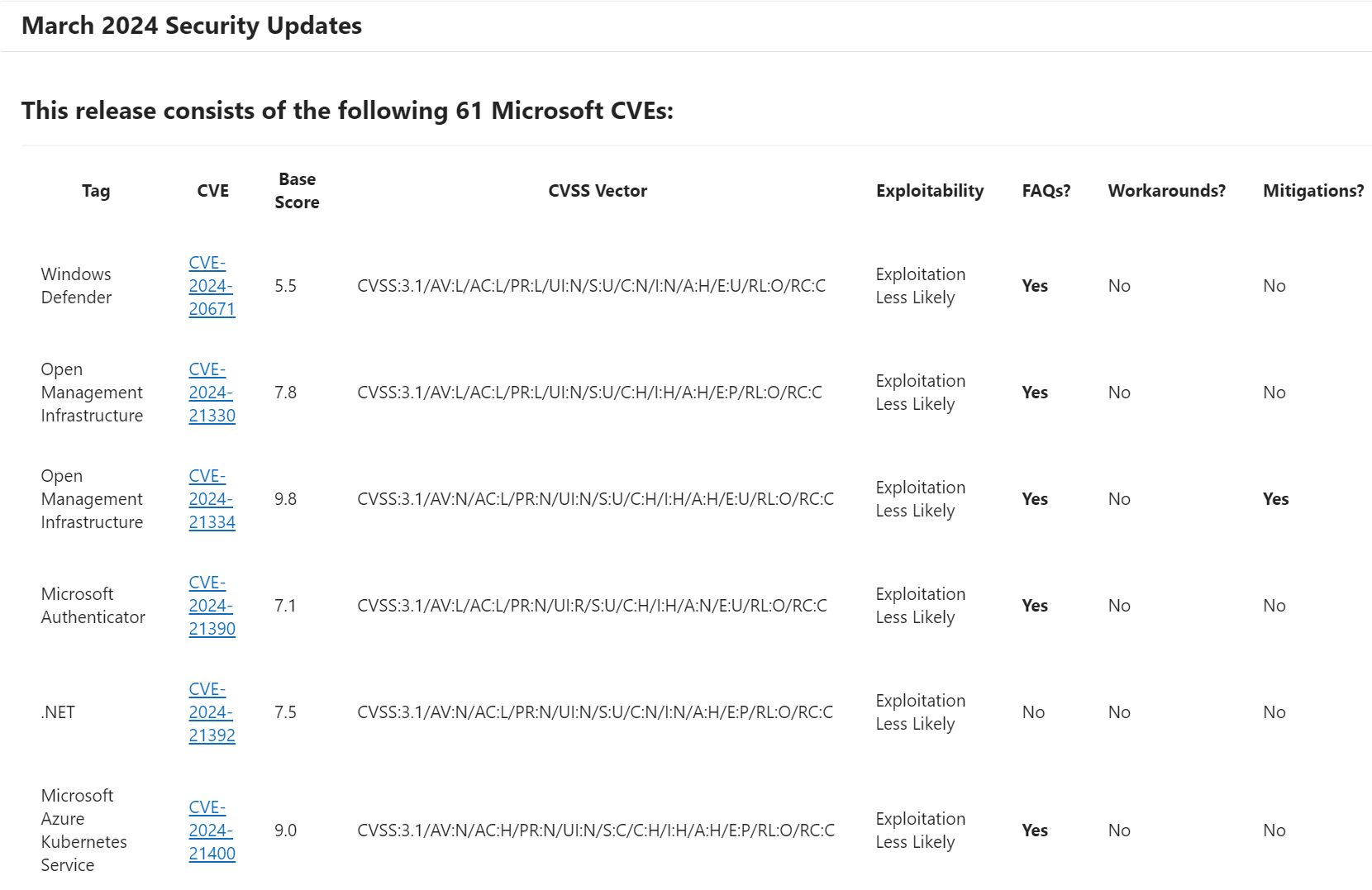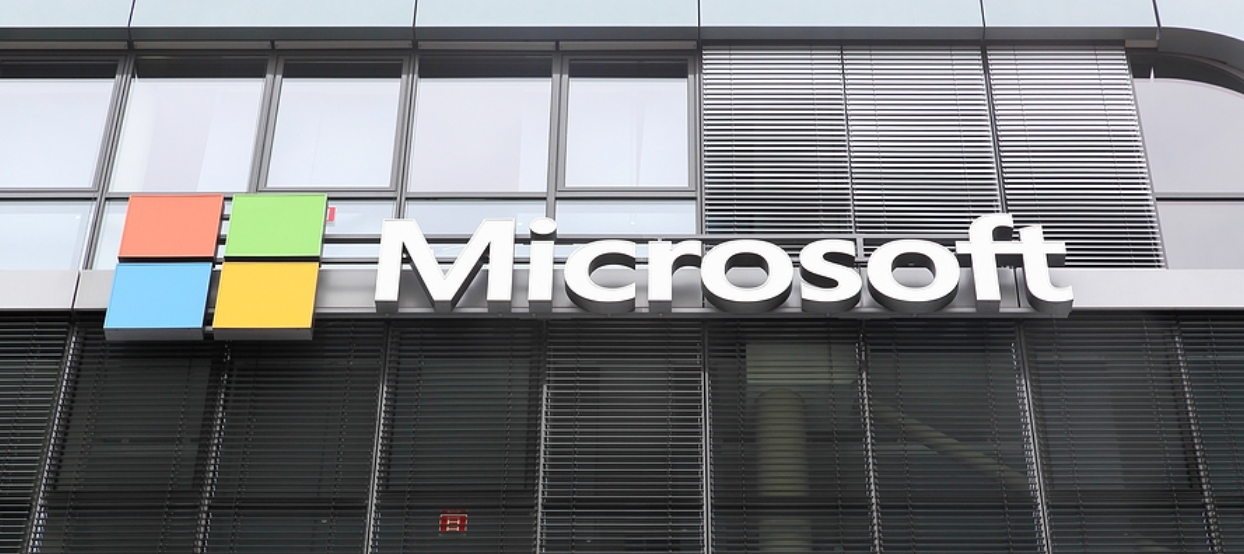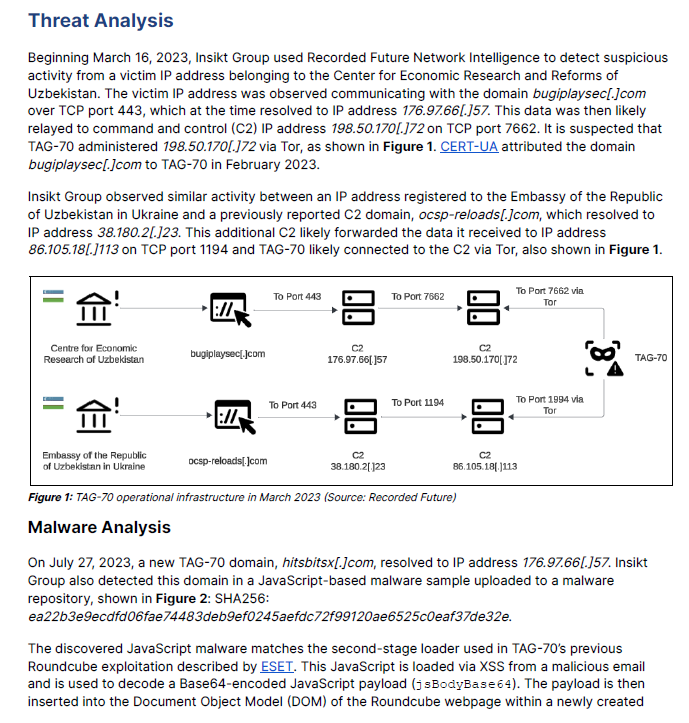In the realm of cybersecurity, staying abreast of the latest security updates is crucial for both individuals and businesses. Microsoft's latest release, as part of its Patch Tuesday initiative for March 2024, brought to light significant updates aimed at fortifying the security of its vast array of software products. This article dives into the details of the update, highlighting the critical vulnerabilities addressed, and sheds light on the broader implications for digital security.
Key Highlights from Microsoft's Latest Patch
The March 2024 update from Microsoft addressed a total of 61 security vulnerabilities across its suite of software. This update is particularly notable for its focus on two critical flaws in Windows Hyper-V, which could potentially lead to denial-of-service (DoS) attacks and remote code execution. These vulnerabilities underscore the constant vigilance needed in the battle against cyber threats.

Critical Vulnerabilities in Hyper-V
The spotlight of this update falls on CVE-2024-21407 and CVE-2024-21408, both of which impact Microsoft's Hyper-V. The former could allow an attacker to execute code remotely, while the latter could result in a DoS condition. These issues highlight the importance of securing virtual environments, which are an integral part of today's IT infrastructure.
Beyond the Critical: Important and Low-Severity Fixes
Apart from the two critical vulnerabilities, the update patches 58 issues rated as Important and one as Low in severity. These encompass a range of problems, from privilege escalation to remote code execution risks. Noteworthy among these is a series of flaws in the Azure Kubernetes Service, Windows Composite Image File System, and the Authenticator app, with CVSS scores indicating their significant risk levels.
The Patch's Broader Context
Microsoft's March update is part of a quieter first quarter in 2024, with a total of 181 CVEs patched, a decrease from the quarterly average observed from 2020 to 2023. This trend suggests a possible shift in the cybersecurity landscape or perhaps a testament to Microsoft's ongoing efforts to enhance the security of its software ecosystem.
Implications and Best Practices
For IT professionals and users alike, the March 2024 Patch Tuesday update serves as a critical reminder of the ongoing need for vigilance in digital security. Key takeaways include:
- Regularly Update Software: Ensuring that software is up-to-date is a fundamental cybersecurity practice. This includes not just operating systems, but all applications and services.
- Understand Vulnerability Impact: Understanding the nature of vulnerabilities and their potential impact on systems can help prioritize patch management efforts.
- Comprehensive Security Measures: Beyond patching, employing a range of security measures, including multi-factor authentication, regular backups, and user education, is essential in mitigating risk.
Microsoft's March 2024 security updates are a significant development in the cybersecurity arena, addressing a range of vulnerabilities that could impact a wide array of users and organizations. By taking proactive steps to apply these patches and adhere to best practices in digital security, individuals and businesses can safeguard themselves against potential threats. As the digital landscape continues to evolve, so too will the challenges we face, making ongoing vigilance and education paramount in the fight against cyber threats.


